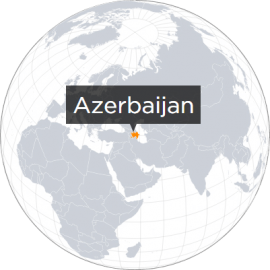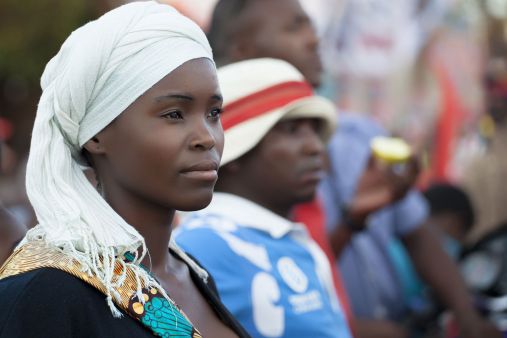Divergence in institutions
However, these improvements are built on unsteady foundations. While the overall prosperity of the bottom 40 has improved somewhat, the countries have not improved as fast as the middle and the top groups. In other words, prosperity has diverged. The reasons for this divergence lie in structural factors, such as the institutional and economic pillars
The bottom 40 countries have seen an increase in violence, deteriorating institutions, and constrained freedoms. The deterioration in Safety and Security presents a particular concern. The bottom 40 group contains many countries that were already among the least stable places in the world, but they have seen increased civil conflict, terrorism, crime and politically related violence. For example, the average number of deaths from conflicts has tripled in the bottom 40 over the last decade. Afghanistan (161st in 2013) has seen the largest increase in the number of deaths from conflicts in the last decade, from 7,400 in 2011 to 35,800 in 2021.
.With war reaching the doorstep of Europe, currently, there are 27 active conflicts in the world, 13 of which are happening in the bottom 40 countries. South Sudan (166th in 2013) has experienced the greatest deterioration in War and Civil Conflict, amidst the civil war that has troubled the country since 2013. While a peace agreement was reached in 2018, fighting between communities and government human rights abuses persist.
















